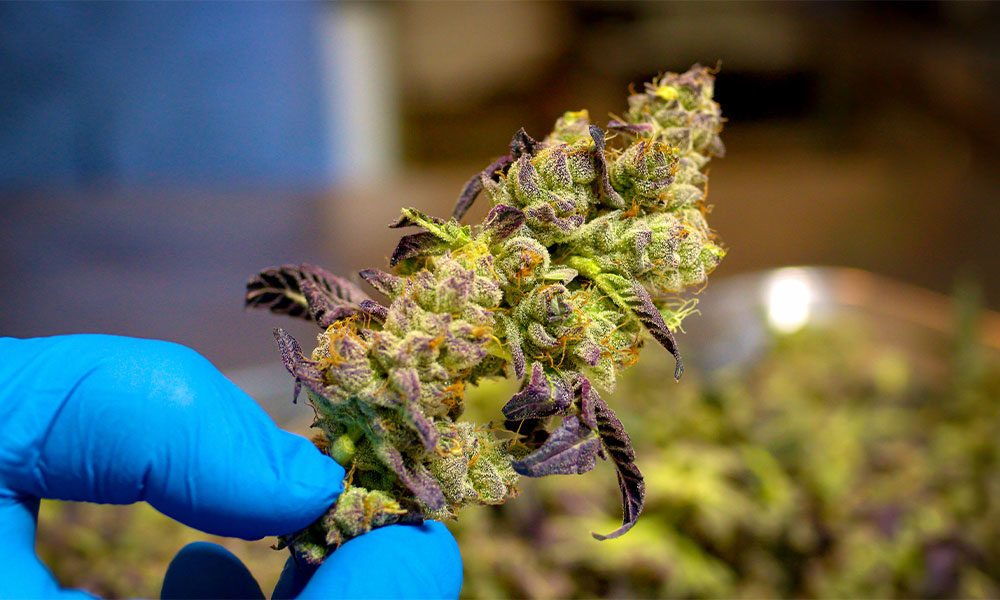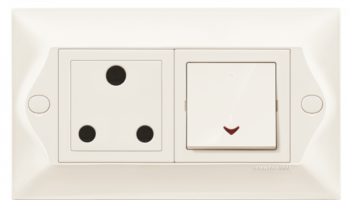Cryogenic freezers are impressive pieces of technology that have revolutionized the storage of biological samples, tissues, and other temperature-sensitive materials. By maintaining extremely low temperatures, often below -130°C (-202°F), they help preserve the integrity of samples for research, medical, and industrial purposes. However, like any technology, cryogenic freezers come with their own set of disadvantages.
In this blog, we will explore these drawbacks to provide a balanced understanding of their limitations.
High Energy Consumption
Cryogenic freezers are energy hogs. Maintaining ultra-low temperatures requires a continuous supply of energy, which can result in high electricity bills. Additionally, the cooling mechanisms often involve the use of liquid nitrogen or liquid helium, which can be costly and contribute to ongoing operational expenses.
Complex Operation
Cryogenic freezers are intricate machines that require skilled technicians for proper operation and maintenance. They involve multiple components and systems, including compressors, vacuum chambers, and temperature control units. This complexity can lead to increased maintenance and repair costs.
Risk of Temperature Fluctuations
Maintaining a stable temperature is crucial for the long-term preservation of samples. Cryogenic freezers are susceptible to temperature fluctuations if not properly maintained or if there are power outages. These fluctuations can compromise the quality and viability of stored materials.
Sample Accessibility
Accessing samples stored in cryogenic freezers can be challenging. Retrieving a specific sample often involves thawing and refreezing the entire freezer, which is a time-consuming process. This limitation can hinder research and clinical activities that require quick access to specific samples.
Limited Storage Capacity
Cryogenic freezers come in various sizes, but even the largest units have limited storage capacity compared to other types of freezers. This can be a significant drawback for facilities that need to store a large number of samples.
Safety Concerns
Handling cryogenic freezers requires caution due to the extreme cold temperatures involved. Accidental exposure to the extremely cold environment can result in frostbite or other injuries. Proper training and safety protocols are essential when working with these freezers.
Dependency on Cryogenic Gases
Many cryogenic freezers rely on the continuous supply of cryogenic gases, such as liquid nitrogen or liquid helium. This dependence on external gas sources can pose logistical challenges and costs. Interruptions in the gas supply can lead to temperature fluctuations and potential sample loss.
Environmental Impact
The production and transportation of cryogenic gases have environmental consequences, including greenhouse gas emissions. Additionally, the energy-intensive nature of cryogenic freezers contributes to a facility’s carbon footprint. As sustainability becomes a more significant concern, these environmental impacts must be considered.
Conclusion
Cryogenic freezers have transformed the way we store and preserve temperature-sensitive materials, enabling advancements in various fields. However, their disadvantages, including high energy consumption, complex operation, temperature fluctuations, and limited accessibility, cannot be overlooked. Balancing the benefits and drawbacks is essential when deciding to incorporate cryogenic freezers into a facility or research environment. Innovations in technology may address some of these challenges in the future, making cryogenic storage more efficient and accessible.





